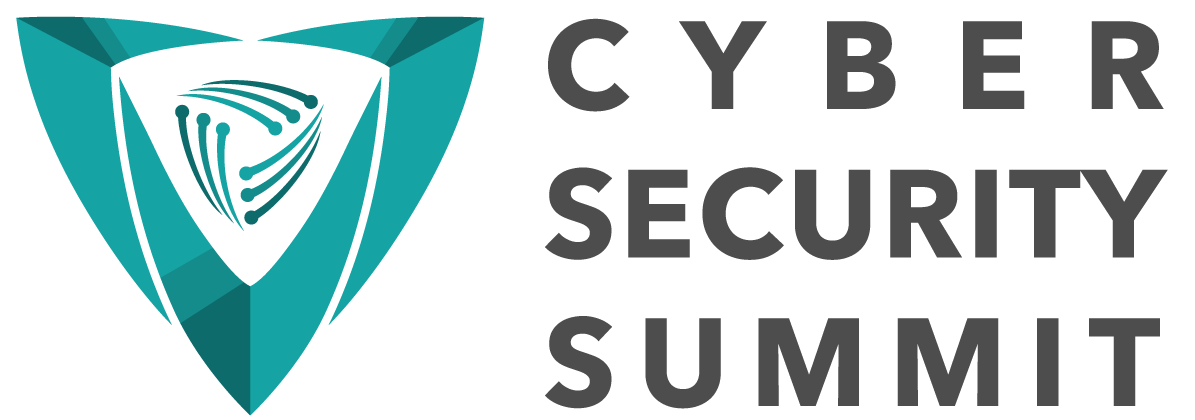
Dragan Pleskonjić on AI, Cybersecurity, and the Age of Autonomous Agents (part 2)
Dragan Pleskonjić is the Founder and CEO of GLOG.AI, a high-tech entrepreneur with extensive experience in computer and information security, computer systems and networks, software and application security, as well as software development methodologies and architectures. He possesses proven leadership skills and talent for managing and organizing successful teams. He is known for his strong leadership skills and talent for building and managing successful teams. He is the author of ten books so far, including university textbooks on topics such as cybersecurity, operating systems, and software. Dragan is an inventor with a set of patents granted by USPTO and other patent offices. He has published more than ninety scientific and technical papers in academic journals and at international conferences. Visit his Personal Website to learn more about Dragan Pleskonjić.
Thank you for accepting our invitation to speak at Cybersecurity Summit and to do this interview.
AI is automating repetitive tasks such as threat detection, log analysis, and incident response, reducing the need for manual monitoring. However, current trends suggest that the demand for cybersecurity professionals will actually grow due to increasing cyber threats and emerging roles like AI/ML security analysts. Is this your stance on the subject as well?
It is accurate to say that while AI is automating many cybersecurity tasks, the demand for cybersecurity professionals is still expected to rise. This is due to a confluence of factors, and it aligns with my understanding of the current trends. The frequency and sophistication of cyberattacks are constantly increasing. AI itself is being used by malicious actors, leading to more advanced and automated attacks. As reliance on digital systems grows, so does the potential attack surface, creating more opportunities for cybercriminals.
The rise of AI in cybersecurity is creating new specialized roles, such as AI/ML Security Analysts, who secure AI systems, detect adversarial AI attacks, and ensure responsible AI use in cybersecurity. Post-Quantum Cryptography Specialists are needed to transition to new cryptographic algorithms. Cybersecurity professionals who understand how to manage and respond to AI-driven attacks are in high demand.
While AI can automate many tasks, it cannot replace human judgment and expertise. Cybersecurity professionals are needed to analyze complex threats, make strategic decisions, respond to incidents requiring human intervention, and handle ethical considerations of AI in security.
There is already a significant shortage of cybersecurity professionals, and this gap is expected to widen. The rapid pace of technological change makes it difficult for organizations to find and retain qualified professionals.
How can organizations ensure ethical use of AI in cybersecurity, and what frameworks or guidelines should they follow?
Ensuring the ethical use of AI in cybersecurity is paramount as AI technologies become more integrated into security practices. Organizations must adopt a comprehensive approach that includes ethical guidelines, transparency, accountability, and continuous evaluation.
To begin with, organizations should establish clear ethical guidelines that govern the use of AI in cybersecurity. These guidelines should emphasize the importance of fairness, transparency, and accountability in AI systems. By setting these standards, organizations can ensure that AI technologies are used responsibly and do not perpetuate biases or discrimination.
Transparency is another critical aspect. Organizations should strive to make AI systems as transparent as possible, allowing stakeholders to understand how decisions are made. This can be achieved through the use of Explainable AI (XAI) techniques, which help demystify AI decision-making processes and make them more understandable to humans.
Accountability is essential in maintaining ethical AI practices. Organizations should designate specific roles and responsibilities for overseeing AI systems, ensuring that there is a clear chain of accountability. This includes having mechanisms in place to address any ethical concerns or violations that may arise.
Continuous evaluation and monitoring of AI systems are crucial to maintaining ethical standards. Organizations should regularly assess AI models for biases, inaccuracies, and unintended consequences. This ongoing evaluation helps in identifying and rectifying any issues that may compromise ethical standards.
In terms of frameworks and guidelines, organizations can refer to established standards such as the European Commission’s Ethics Guidelines for Trustworthy AI, which provide a comprehensive framework for ethical AI deployment. Additionally, the IEEE Global Initiative on Ethics of Autonomous and Intelligent Systems offers valuable insights and recommendations for ethical AI practices.
By adhering to these principles and frameworks, organizations can ensure that their use of AI in cybersecurity aligns with ethical standards, fostering trust and confidence among stakeholders while effectively protecting against cyber threats.
What role does collaboration between industries and governments play in enhancing AI-driven cybersecurity?
Collaboration between industries and governments is crucial in enhancing AI-driven cybersecurity. This partnership fosters the sharing of knowledge, resources, and best practices, leading to more robust and comprehensive security strategies.
Industries and governments can work together to develop standardized protocols and frameworks that ensure the safe and ethical use of AI in cybersecurity. By aligning on common goals and standards, they can create a unified approach to tackling cyber threats, making it easier to implement effective security measures across different sectors.
Joint research initiatives can also be established to explore new AI technologies and methodologies. These collaborations can lead to innovative solutions that address emerging threats and vulnerabilities. By pooling resources and expertise, industries and governments can accelerate the development of cutting-edge cybersecurity tools and techniques.
Furthermore, collaboration enables the sharing of threat intelligence and data. Governments can provide industries with access to critical information about potential threats, while industries can offer insights into real-world challenges and vulnerabilities. This exchange of information enhances situational awareness and allows for more proactive and informed decision-making.
Public-private partnerships can also facilitate the development of training programs and educational initiatives. By working together, industries and governments can ensure that the workforce is equipped with the necessary skills and knowledge to effectively manage AI-driven cybersecurity systems.
In summary, collaboration between industries and governments is essential for strengthening AI-driven cybersecurity. By working together, they can create a more resilient and secure digital environment, capable of addressing the complex challenges posed by modern cyber threats.
How can organizations balance the need for AI innovation with the requirement for robust cybersecurity measures?
Balancing AI innovation with robust cybersecurity measures is a critical challenge for organizations. To achieve this balance, organizations must adopt a strategic approach that integrates security considerations into the AI development process from the outset.
One effective strategy is to implement a “security by design” approach. This involves embedding security measures into the AI development lifecycle, ensuring that potential vulnerabilities are identified and addressed early on. By prioritizing security at every stage of development, organizations can prevent security issues from arising later.
Organizations should also invest in continuous monitoring and assessment of AI systems. Regular audits and evaluations help identify potential security risks and ensure that AI systems remain secure as they evolve. This proactive approach allows organizations to adapt to new threats and maintain the integrity of their AI systems.
Collaboration between security and development teams is essential. By fostering a culture of collaboration, organizations can ensure that security considerations are integrated into the innovation process. Security teams can provide valuable insights and guidance, helping developers create AI systems that are both innovative and secure.
Additionally, organizations should stay informed about the latest cybersecurity trends and best practices. By keeping up to date with industry developments, they can implement the most effective security measures and ensure that their AI systems are protected against emerging threats.
In conclusion, balancing AI innovation with robust cybersecurity measures requires a strategic and proactive approach. By integrating security into the development process, fostering collaboration, and staying informed about industry trends, organizations can achieve this balance and ensure the safe and effective use of AI technologies.
Conclusion
In essence, AI is changing the nature of cybersecurity work but is not eliminating the need for human professionals. Instead, it is creating new opportunities for those with the right skills and expertise. While AI will automate many routine tasks, cybersecurity professionals will remain essential for protecting organizations from evolving cyber threats.
The first part of the interview is available here
Note: This interview was created in collaboration between the authors and AI
